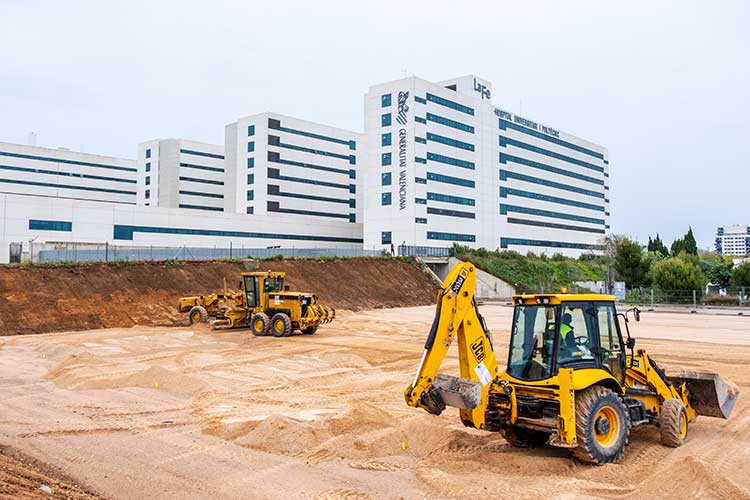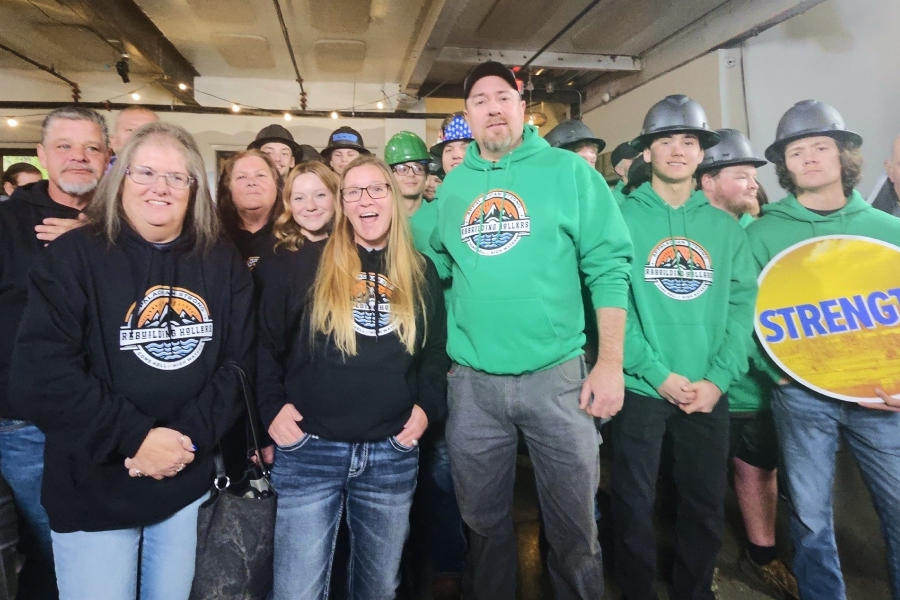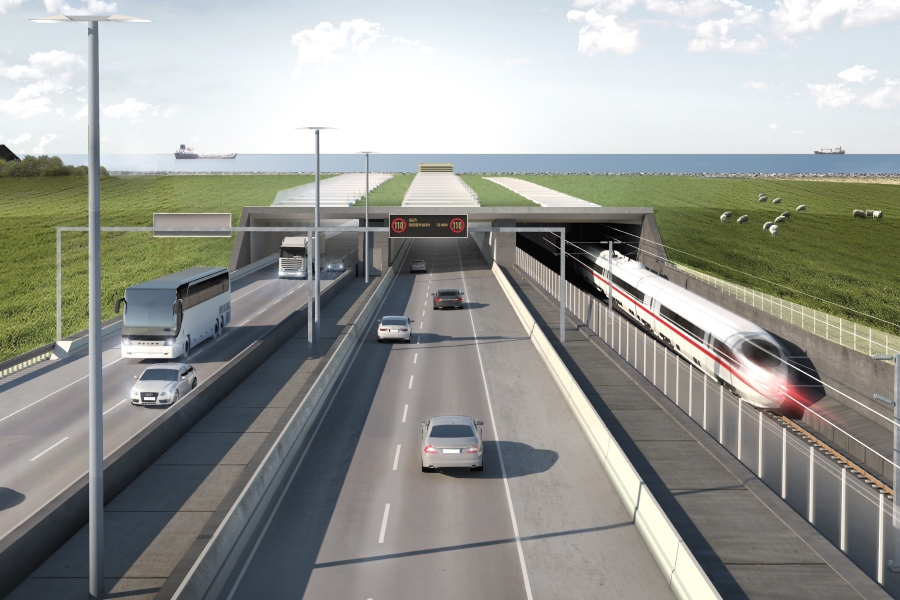Rapid-response construction and engineering has long been a tool of government in response to meet the demands of unexpected crises such as hurricanes and earthquakes, military engagements and, more recently, the ongoing global COVID-19 pandemic.
But while many in the construction industry may be familiar with the usefulness of emergency rapid-response building, there are lessons to be learned from its methods that would increase responsiveness and the ability to complete projects ahead of schedule and under budget within conventional construction.
Lean construction and rapid-response building
Chief among these tools is the Lean Construction method—a system designed to streamline the construction process by foregrounding open communication and collaboration between teams throughout the project lifecycle. Lean also has a particular emphasis on working together to set expectations and align design specifications before construction begins.
According to figures provided by advocacy organization the Lean Construction Institute, High Lean Intensity building projects are about twice as likely to be completed under budget and three times more likely to be completed ahead of schedule, compared to the outcomes of conventionally managed projects.
“With rapid-response building, planning is particularly critical,” said Kristin Hill, director of educational programs at the institute. “Being able to have the team plan together, to know what they’re going to do together and go out in the field and execute is so important.”
Lean emphasizes team cohesion going into a project to reduce or even eliminate the interruptions to the flow of building progress that so often cause conventional construction projects to go over budget or behind schedule.
“Any time, once we start in the field, that we have any sort of disruption, it’s costing us time and money,” Hill said. “But when the team has planned together, is making a commitment that they can and will do this work and have worked together to remove any constraints that might get in the way of doing the work, it helps them to shorten the duration of project schedules.”
The Last Planner System
To achieve this group cohesion that is so critical in the high-pressure scenarios of a rapid- response building, the team at the Lean Construction Institute has developed the “Last Planner System.” This is a holistic collaborative planning process that creates a flow of information between teams in the time leading up to field work.
The system was developed by Greg Howell and Glenn Ballard. Both studied construction project teams using conventional methodologies and discovered that, on average, just 54% of a team’s goals are accomplished in any given week.
“They discovered that this was usually because some prerequisite material or work had not been done or there was missing information,” Hill said.
Discovering this information gap inspired Howell and Ballard to create the Last Planner System, which is designed to heighten the reliability of the project team with their plan. “On average, a well-performing team using the Last Planner System might be hitting 80%, 85%, 90% of their percent plan complete,” Hill said.
Increasing communication in the design phase of construction and making sure that designers and tradespeople are working together helps streamline the process of finalizing design choices that will emphasize efficiency and responsiveness.
“As the design is happening, we’re able to ensure that how the work is being designed affords itself to the rapid response installation,” Hill said. “Instead of it being thrown over the wall to a team to execute, the constructors have an intimate understanding of what’s being built earlier on and can mobilize faster.”
Increased planning efficiency means decreased lost time—and an ability to meet productivity targets that is as critical in the conventional construction world as it is in rapid-response building.
Encouraging efficiency in material use
By working together to understand the specific demands of a project, Lean Construction teams are able to take a more-efficient approach to the material phase of construction. Using a “just in time” system, Lean projects ensure that materials are exactly where they need to be when they are needed.
“Instead of materials being brought for the whole project, dumped on the site and moved around—which costs us time, money and affects quality and safety—materials are brought closer to the point in time they’re needed and moved to the location that they’re going to be used most rapidly,” Hill said. “This keeps the focus on the flow of the work and the flow of materials going into place on site and not letting anything disrupt it.”
Increased use of prefabricated components can also help bolster efficiency in the build stage of construction during a rapid-response situation.
“The more we are prefabricating, the more work that can be happening simultaneously in a factory-like setting and then brought to the site and installed,” Hill said.
Communication
Still, according to Hill, the most important lesson of the Lean method and the tools of rapid- response building for the conventional construction world is recognizing the importance of team-wide communication. Teams need to get out of self-imposed “silos” of individual expertise that prevent information from flowing efficiently.
“When the team is aligned on what they’re doing, they can move to the details much more rapidly,” Hill said. “We team them up. We would put an electrical engineer with their electrical trade partner, working hand-in-hand together, co-developing designs so that there are no requests for information.”
“There doesn’t need to be that type of a process going on,” Hill continued, “because we’ve co-developed the work together. It stops a lot of those halts in construction.”











